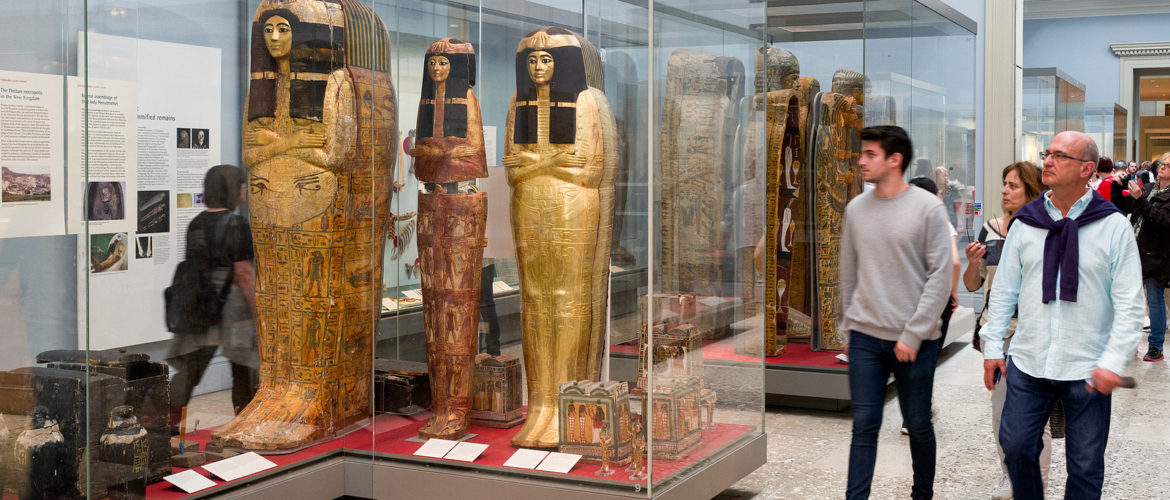Artwork Repatriation: How the Colonized Get Stolen Art Back

In the award-winning Marvel movie “Black Panther,” the character Erik Killmonger confronts one of the museum’s art experts. He asks her about how the British have acquired pieces of African art. The answer to that, of course, is that it was stolen from the peoples of Africa. This scene is extremely impactful for many reasons. One of them is that it is based on facts: colonial states have been taking valuable pieces away from the cultures they have colonized for centuries. Many of those looted items have immense cultural and religious significance. Moreover, the stolen artworks were most likely taken by force after all the people who could fight back had been murdered or taken hostage. Today, we will talk about artwork repatriation, and how it impacts the current museum industry.
The brief history of artwork repatriation
Repatriation means giving something back to a country or culture of origin. The first wave of artwork repatriation began in the late 1950s after the horrors of the Second World War had pushed people to make more choices in favor of human rights. Soldiers of Nazi Germany committed innumerable war crimes, including those that had to do with marauding and the destruction of objects of cultural significance. To wipe out cultures that, by Nazi logic, did not fit into the perfect fantasy of the Aryan world, they demolished historic sights, books, and art.
These days, people talk about artwork repatriation more and more. Recently, Italy has managed to get back an ancient artifact — a ceramic pot dating back to the 6th century B.C., which was looted from a grave in Rome in the 70s. The Metropolitan Museum of Art (NYC) gave it back after coming to an agreement with the Italian government.
This case ended well for Italians, but what about the nations that do not have an official state or a governmental structure to represent them? Many tribes of the Americas, Africa, and Eurasia are yet to retrieve their national treasures from the states that took them by force. One of the most recent lootings happened in the Ukrainian city of Kherson: the Russian army stole around 15,000 pieces of art from Kherson’s museums.
There are still states to be held accountable, exhibition labels to be changed, and pieces of artwork to be returned to their rightful owners. The good news is that the number of people interested in protecting the cultural heritage of once-colonized nations is growing. Let us hope that more attention is brought to the atrocities of war and what they do to people and their cultures.
